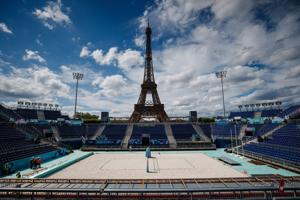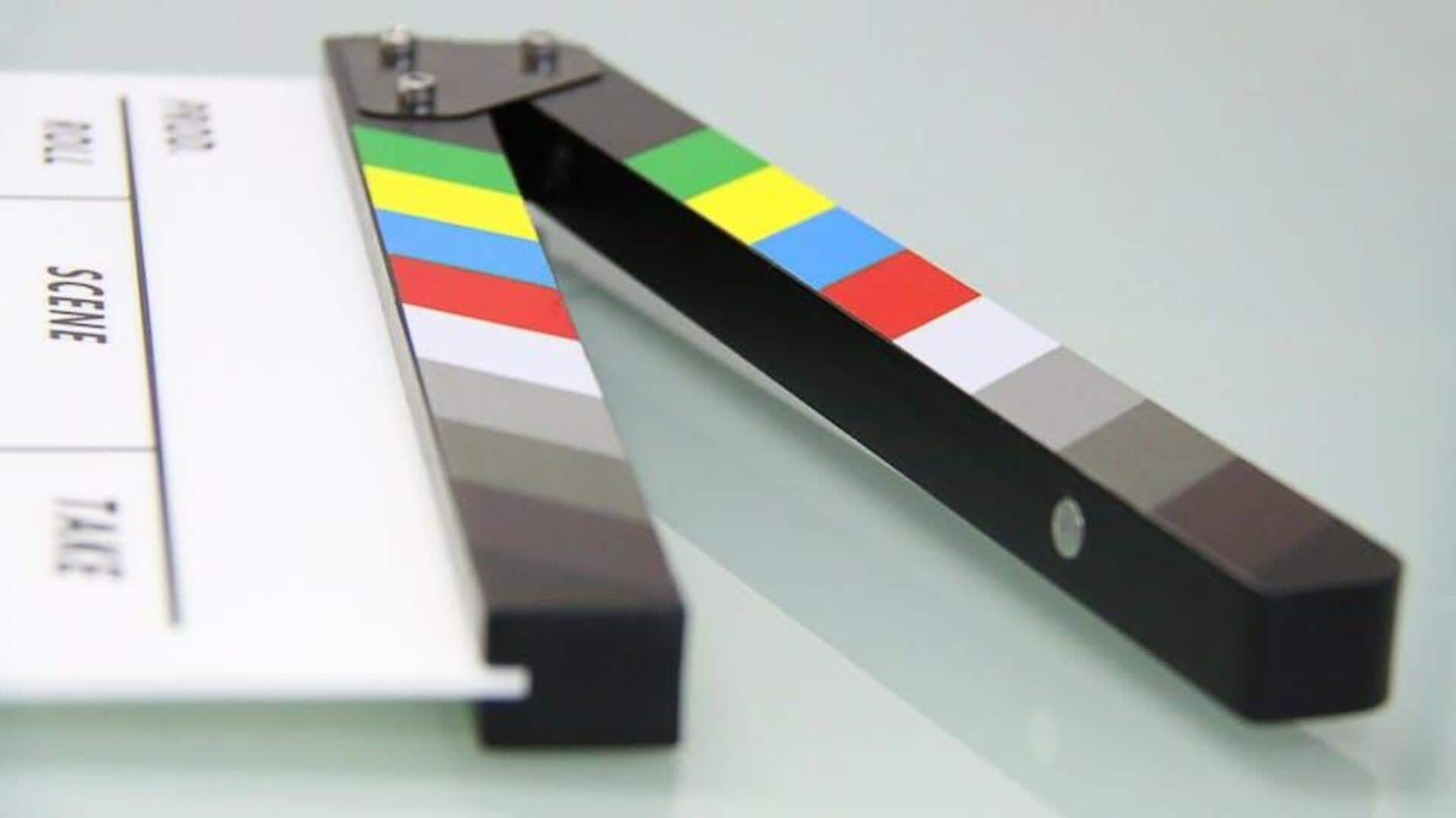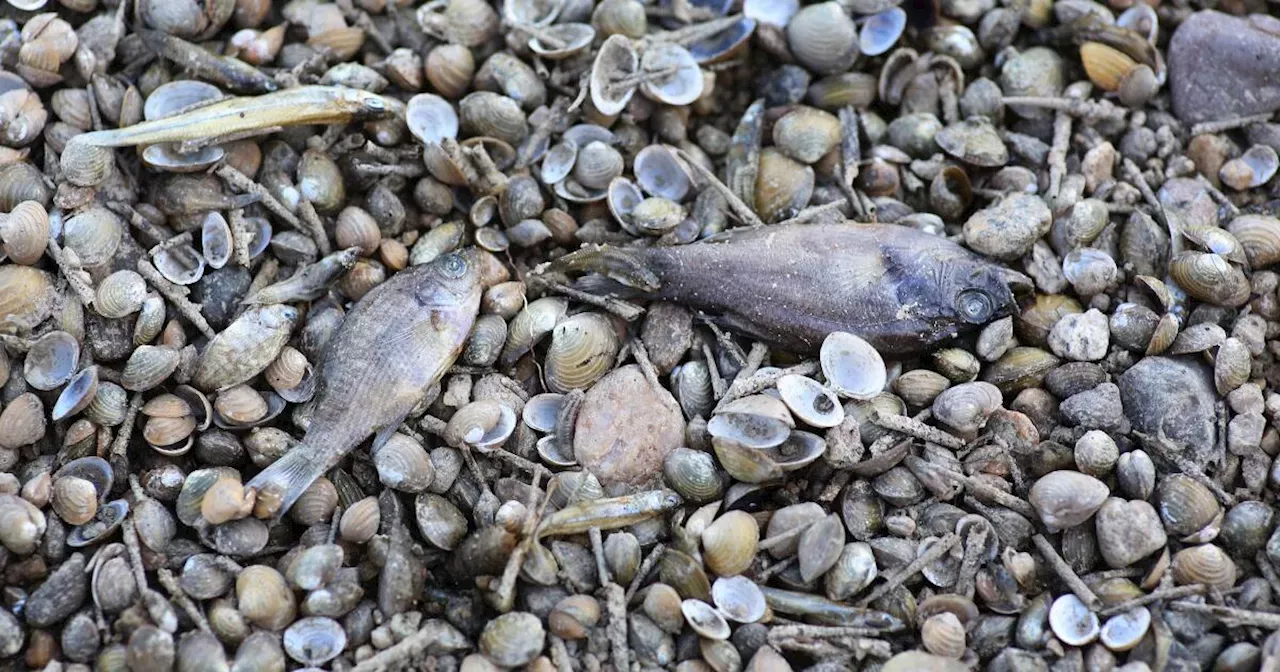PARIS—Paris is In the 19th century, when Napoleon III ordered the French capital dug up and redesigned, it was laid out along long, wide, eye-catching boulevards that gave on to eye-catching monuments. The Champs-Élysées, connecting the Arc de Triomphe at one end to Place de la Concorde on the other, is but the most famous example. Some describe the city itself as a sort of life-sized museum with the world’s best-known exhibits.
The Louvre, home to Mona Lisa. The Impressionists, whose work lives on inside the Musée d’Orsay. People the world over come to see the Paris Opera, the Panthéon and Gustave Eiffel’s glittering tower.

But if there is one thing that will from those that have come before it, it is the transformation of some of the city’s most iconic sites into playgrounds where for global gold. “Each time that I go on a site, it strikes me that I have the Eiffel Tower in front of me,” said Canadian Brigitte Légaré, who is organizing the Olympic sports events in central Paris. The Place de la Concorde, with the obelisk of Luxor in the background.
BMX freestyle is one of the sports taking place here. She was speaking in an interview from the Champs-de-Mars, where judo and wrestling will be held. “The Alexander III Bridge is the most beautiful bridge in Paris.
In the Grand Palais, if you haven’t been there yet, it’s just magnificent. We have brought the Games a little closer to the average person by deciding to use the most spectacular monuments in Paris to do so, and I think it’s really worked out.” Asked recently about — the lure for the International Olympic Committee and sports lovers alike — the head of the bid committee, Étienne Thobois, didn’t hesitate.
“The easy answer would be Paris, because of the city, because of its iconic sights, because of all the services which go with it, through it being one of the top public tourist destinations in the world.” Paris 2024 Olympic and Paralympic Games employees work to set up of the triathlon piste on the Alexandre III bridge with the Hotel des Invalides in the background. Pedestrians walk past the construction site at the Pont Alexandre III with ongoing works for the 2024 Paris Olympic Games in Paris earlier this month.
It’s not just boasting on the eve of Friday’s opening ceremony. The city’s rich heritage and history was a novel part of Paris’s winning pitch, put in place years ago — one meant to meet the Olympic goal of putting on more environmentally and economically sustainable events that “Temporary venues in iconic locations, which will see the city’s greatest sites transformed into stunning stages for sport and embedding the Games in the public domain,” Paris organizers In other words, a stunning Games backdrop to please broadcasters, wow spectators and sweeten the pitch to potential Olympic advertisers and sponsors. The only obvious downside is for the millions of visitors who, when not watching sports, might find the security perimeters difficult to navigate while queuing along with millions of others to see Mona Lisa’s enigmatic smile up close.
A view of the inside of the Grand Palais where the sports of fencing and Taekwondo will take place. The next two weeks will see horses jumping and dancing in the chateau that French King Louis XIV built; judokas and wrestlers tussling and tossing in the long shadow of the Eiffel Tower; and archers quivering at Les Invalides, the military museum that houses the grandiose tomb of that larger-than-life figure, Napoleon I. There are a few precedents and similarities, but not as many as one would think given the number of ancient and iconic cities that have hosted the Games, and the many egomaniacal world leaders who have sought to showcase their rule under the best and brightest of sporting spotlights.
In 1960, Rome set the wrestling and gymnastic events in ancient Roman sites and routed the marathon past the Colosseum. In 2004, held archery in the Panathinaiko Stadium, the rehabilitated site where Athenians competed in 400 B.C.
In 2012, London transformed the ceremonial site of the Horse Guards Parade, where soldiers on horses celebrate the British sovereign’s birthday, into a beach volleyball stadium. A view of the skateboarding venue at La Concorde in Paris on July 22, 2024. A Luxor Obelisk is seen near to the BMX park in Paris this month.
But Paris will be the first host city to comprehensively transform its world-famous monuments, museums and sites into sporting venues. It is no doubt assisted in this feat by the sheer number of iconic and instantly recognizable locations. With the vast wealth of history and heritage to be found in central Paris compared to other cities, it might also be some time before the experience planned for athletes and sports fans here is replicated.
“Are we going to have another Games as iconic as Paris in the coming years?” asked Légaré. “I highly doubt it.” Race walk, cycling road race The Trocadero Plaza is the place where tourists come to be overcharged for coffee and cocktails and to have the most astonishing views of the Eiffel Tower.
It’s a place of privilege that was once considered as the final resting place for Napoleon I, but was instead turned into a little-loved palace built in 1878 for the World Exposition. The name is in reference to a Spanish fort in Cadiz taken in battle by the French a half-century earlier. Trocadero is also the site of Champion’s Park, an Olympic fan zone with space for 13,000 and a daily schedule of events and entertainment.
Judo, wrestling The Eiffel Tower, which was built for the 1889 World Expo, needs little introduction. It’s the central point in the City of Light, visible from any elevated lookout in Paris worthy of its name. The Champ-de-Mars is a vast public parc at the foot of the tower that started out as a military training ground.
(Mars is the name of the Roman god of war.) Usually, it is tourists who tussle here for the best spots for a photo of the Eiffel Tower. Now, it will be judokas and wrestlers doing battle.
Taekwondo, fencing What better spot for a sword fight than the gilded halls of a palace? But this newly renovated palace is relatively new, and has no royal pedigree. The Grand Palais was built for the 1900 World Expo and has been put to quite practical uses over its century-and-a-quarter existence. During the First World War, it was the gathering point for French soldiers being sent to the front, then transformed into an overflow hospital for wounded troops.
During the Second World War, when Paris was occupied by the Nazis, German soldiers used it as a garage for military vehicles, then bombed the building during the battle to liberate the French capital. 3x3 basketball, breaking, BMX freestyle, skateboard The venue where the newest Olympic competitions will be held has a cutthroat history. Before it was Place de la Concorde, it was Place de la Revolution, the spot where the heads of hundreds rolled — among them King Louis XVI and his wife, Marie Antoinette.
Today, it’s a much more peaceful part of the city on the right bank of the Seine River, marked by intricate fountains, the Luxour Obelisk (an 1830 gift from Egypt to France) and the western end of the Champs-Élysées boulevard. Cycling, marathon finish, archery Fitting that one of the most historic of martial arts will be held on the front lawn of Paris’ stunning military museum, Les Invalides, the resting place of Napoleon I as well as a number of other Bonapartes and celebrated French military and political figures. Les Invalides was constructed in the 17th century by Louis XIV when France was Europe’s dominant military force, intended to house veterans with a barracks and, as the name suggests, a hospital to provide medical care for those who had sacrificed their health for the kingdom.
Today, the gold-domed building serves as the main repository of French military history, and a temporary exhibit well suited to the museum’s Olympic purposes: duels, the art of fighting. Triathlon, marathon swimming, cycling time-trial finish Built for the 1900 World Expo, the bridge across the Seine is named for Czar Alexander III of Russia, in honour of the 1892 Franco-Russian Alliance, a pact between the countries to counter German aggression. It features a number of impressive gold statues, as well as reliefs on either side of the Nymphs of the Seine and the Neva, the river in St.
Petersburg, Russia. It now connects the Grand Palais, an exhibition grounds, on the right bank of the Seine River with Les Invalides, the military history museum, on the left bank, occupying a central place in the city as well as the Paris Olympics..



















